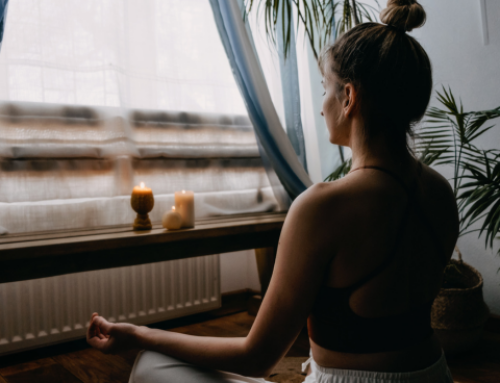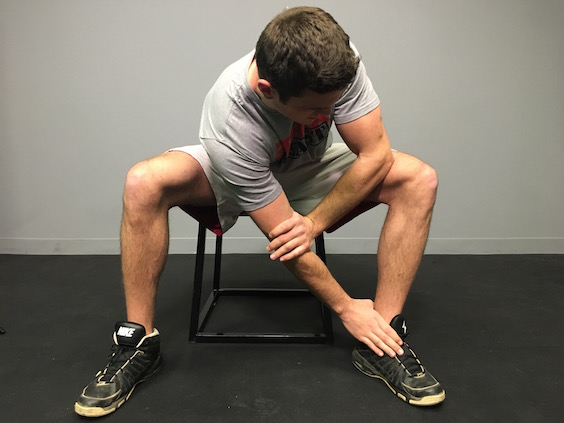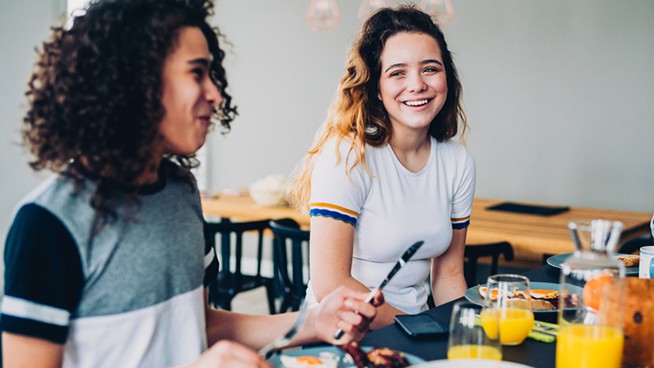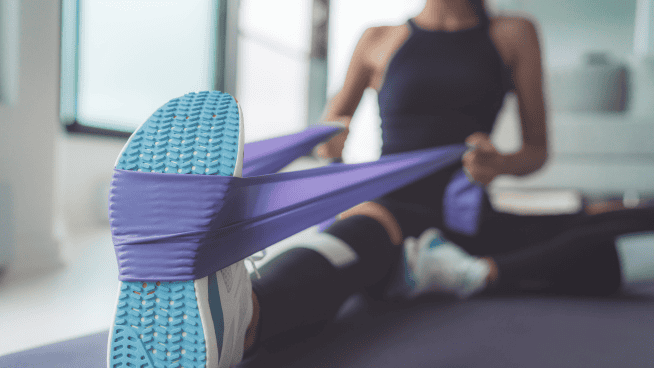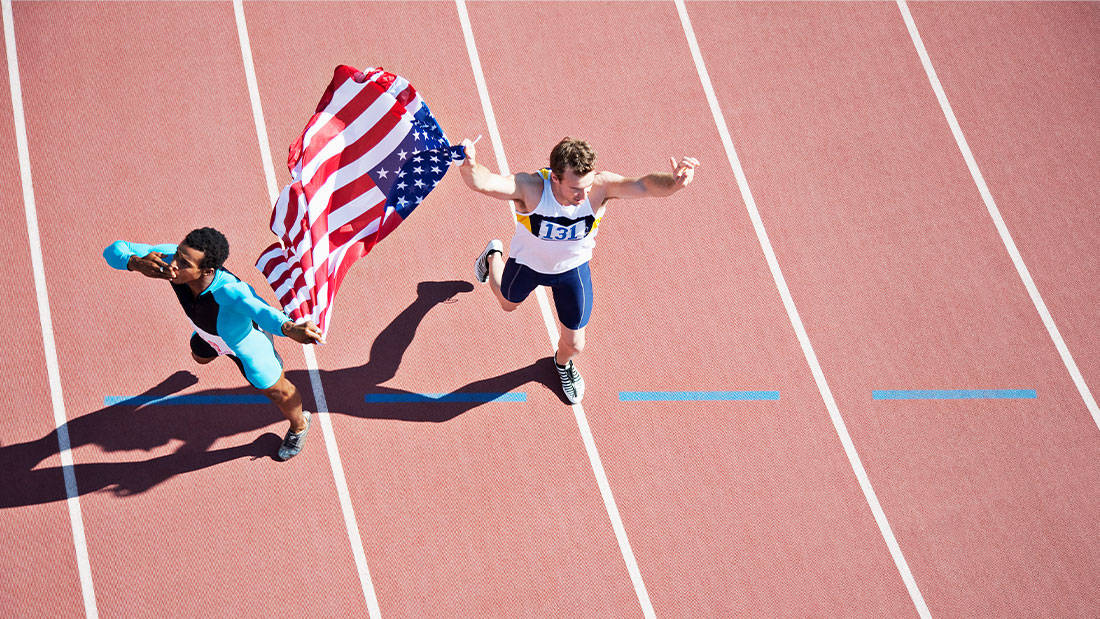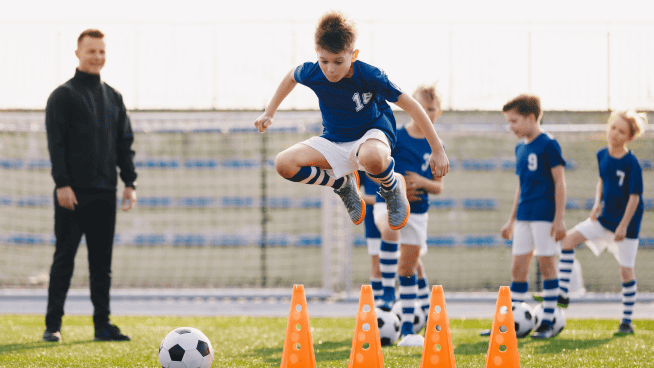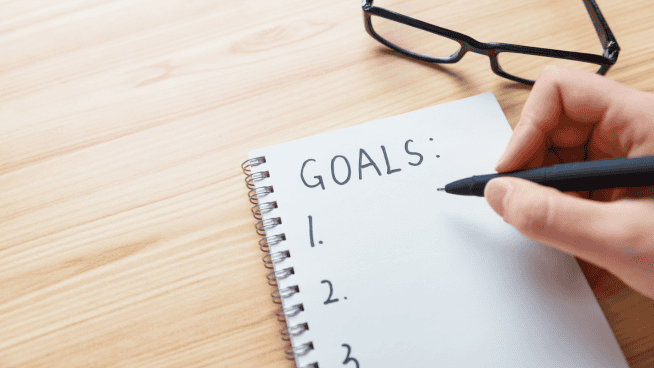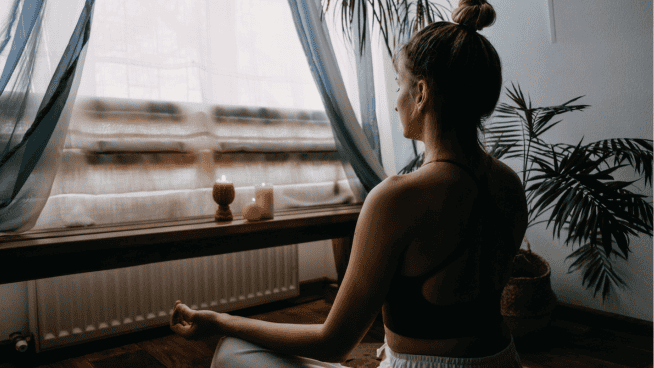Why is it that physical therapy clinics are filled with mostly young athletes? In large part, it’s because training for youth sports has become more rigorous, more specialized, and is done more often than it ever was in the past. Sports have become a year-round endeavor for most children, and they only play their favorite sport. Without breaks and cross-training, the muscles used in their sport stay tense, become inflexible, and get easily injured. Thankfully, trading out some of those specialized training days for a few days of Yoga can cut out most of those preventable injuries and keep your young athlete performing at the top of their game!
What does Yoga Do for Athletes?
Yoga isn’t just about becoming super flexible. It’s about so much more. Most children are quite flexible but lose it quickly after years of training. Yoga will help them to maintain that flexibility while increasing their balance and helping them to relax. Yoga also builds up those ever-important core muscles that are at the heart of every athletic movement. The more progressive poses will even develop their muscular endurance. Above all else, however, Yoga will prevent all sorts of sprains, strains, and general wear and tear that athlete’s bodies typically go through. Nothing is worse to an athlete than being sidelined for weeks, or even months, due to an injury. Below are 7 yoga techniques that will keep your athletes healthy and active for years to come. The first 3 yoga poses focus on strength, the second 3 focus on flexibility, and the final one on relaxation.
When performing any yoga poses, one of the key components is breathing—slow, steady breaths in and out as you move through the poses and sink deeper into them. On the stretching poses, breath in deeply, lengthening the spine, then breathe out as you sink an inch or two deeper into the stretch. The right breathing helps your muscles relax and stretch properly, and also allows your mind to relax and become calm.
7 Yoga Poses for Athletes
Chair Pose
This is the first of three muscle-strengthening Yoga poses that we will begin this routine with. To perform this pose, stand up tall with your feet together and engage your core by trying to pull your navel back to touch your spine. Raise your arms directly overhead with your shoulders relaxed, leaving your biceps beside your ears. Begin by pushing your hips back like sitting down into a chair, squatting as low as you can while still keeping your arms by your ears. Hold this position for 30-60 seconds while your breathing is controlled and your weight is mostly felt in the heels of your feet.
This pose is a good one for strengthening your quads and improving your muscular endurance. It also helps you by engaging your upper back and core muscles and forcing you to maintain proper balance.
Half Bridge
You will need to start laying on your back, arm to your sides, and feet flat on the ground and close to your butt. You will begin by tightening your core and then squeezing your glutes to raise your hips up into the air, forming a straight line from your knees to your shoulders. Holding this pose helps you to strengthen many muscles that are usually neglected.
This second strengthening pose focuses on the opposing muscle groups to chair pose. Doing a half-bridge will focus on engaging your hamstrings and glutes, with a smaller engagement of your lower back as well. To increase the difficulty of this pose, it can also be done with just one leg on the ground at a time, holding the other leg straight and in the air. You can also place a greater emphasis on working your hamstrings by raising up onto the balls of your feet during this pose.
Plank Pose
This is the final strengthening pose we will discuss today, although there are many others. It looks very similar to the starting position of a push-up. Start with your body flat on the ground, lying on your stomach with your toes on the ground and heels in the air. Tighten your stomach, glutes, and thighs to keep your body in a completely straight line as you push the ground away by straightening your arms. Holding this position for 45 seconds to a minute will focus on building muscular endurance in your shoulders, core, and thighs.=
Cobra Pose
To perform the Cobra Pose, start by lying flat on your stomach and place your hands firmly on the ground just to the outside of your shoulders. Keeping your back and core relaxed and your hips in contact with the ground, press your shoulders and chest away from the ground until you straighten your arms. Keep your head relaxed and looking up slightly. Relax into this pose.
This is a fantastic pose to release tension that is so often held in the lower back. Most people find themselves sitting for almost all of the day, and in doing so, round their lower back quite often in a slouched position. Holding this pose for 30-40 seconds a few times a day will help undo a lot of the tightness and damage done by all that sitting.
Lunge Pose
To get into a lunge pose, start in a kneeling position with both knees and both feet on the ground. Sweep one leg directly in front of you and plant your foot firmly on the ground. The greater the distance your foot is out in front of you, the more of a stretch you will be able to get with your back leg. Keeping your torso as tall as you can, raise your arms directly overhead and bring your hips forward until you feel a stretch in the muscles at the front of your hips. Keep your core tight and focusing on slow, deep breathing as you relax into this stretch. After about 30-40 seconds, bring your front leg back to the kneeling position and switch sides.
Lunge pose is a wonderful stretch for your hip flexor muscles, which are usually very tight for athletes, runners, and cyclists alike. Sitting down in a chair all day keeps these muscles constantly flexed, keeping them tight and easily injured.
Downward Facing Dog
For this first one, you start in a plank position, as described above. Your hands are firmly planted on the ground directly beneath your shoulders. The rest of your body in a generally straight line from the top of your head through the heels of your feet. Take a deep breath in, and then breathe out completely as you keep your legs straight, raising your hips up into the air. With each deep breath, try to reach your heels a little further toward the ground.
This pose lengthens the whole posterior chain, where you can really feel the stretch in your hamstring and calves, two muscle groups that very easily become tight and knotted, leaving them very vulnerable to injury. This a great stretch to do daily and after a tough workout.
Supine Pose
This one is deceptively simple. You lay flat on your back, with your legs spread and your arms out to your sides. Keeping your eyes closed, breathe in and out in a slow and controlled manner. Focus on clearing your mind and relaxing every part of your body, starting with your head and neck muscles and working downward. This is a meditative pose, one where you don’t focus on anything except for relaxation. No worrying about what you’re doing after Yoga, or doing chores, or finishing homework. Relax your mind and enjoy the time you spend recovering from the day.
Read More
RECOMMENDED FOR YOU
MOST POPULAR
Why is it that physical therapy clinics are filled with mostly young athletes? In large part, it’s because training for youth sports has become more rigorous, more specialized, and is done more often than it ever was in the past. Sports have become a year-round endeavor for most children, and they only play their favorite sport. Without breaks and cross-training, the muscles used in their sport stay tense, become inflexible, and get easily injured. Thankfully, trading out some of those specialized training days for a few days of Yoga can cut out most of those preventable injuries and keep your young athlete performing at the top of their game!
What does Yoga Do for Athletes?
Yoga isn’t just about becoming super flexible. It’s about so much more. Most children are quite flexible but lose it quickly after years of training. Yoga will help them to maintain that flexibility while increasing their balance and helping them to relax. Yoga also builds up those ever-important core muscles that are at the heart of every athletic movement. The more progressive poses will even develop their muscular endurance. Above all else, however, Yoga will prevent all sorts of sprains, strains, and general wear and tear that athlete’s bodies typically go through. Nothing is worse to an athlete than being sidelined for weeks, or even months, due to an injury. Below are 7 yoga techniques that will keep your athletes healthy and active for years to come. The first 3 yoga poses focus on strength, the second 3 focus on flexibility, and the final one on relaxation.
When performing any yoga poses, one of the key components is breathing—slow, steady breaths in and out as you move through the poses and sink deeper into them. On the stretching poses, breath in deeply, lengthening the spine, then breathe out as you sink an inch or two deeper into the stretch. The right breathing helps your muscles relax and stretch properly, and also allows your mind to relax and become calm.
7 Yoga Poses for Athletes
Chair Pose
This is the first of three muscle-strengthening Yoga poses that we will begin this routine with. To perform this pose, stand up tall with your feet together and engage your core by trying to pull your navel back to touch your spine. Raise your arms directly overhead with your shoulders relaxed, leaving your biceps beside your ears. Begin by pushing your hips back like sitting down into a chair, squatting as low as you can while still keeping your arms by your ears. Hold this position for 30-60 seconds while your breathing is controlled and your weight is mostly felt in the heels of your feet.
This pose is a good one for strengthening your quads and improving your muscular endurance. It also helps you by engaging your upper back and core muscles and forcing you to maintain proper balance.
Half Bridge
You will need to start laying on your back, arm to your sides, and feet flat on the ground and close to your butt. You will begin by tightening your core and then squeezing your glutes to raise your hips up into the air, forming a straight line from your knees to your shoulders. Holding this pose helps you to strengthen many muscles that are usually neglected.
This second strengthening pose focuses on the opposing muscle groups to chair pose. Doing a half-bridge will focus on engaging your hamstrings and glutes, with a smaller engagement of your lower back as well. To increase the difficulty of this pose, it can also be done with just one leg on the ground at a time, holding the other leg straight and in the air. You can also place a greater emphasis on working your hamstrings by raising up onto the balls of your feet during this pose.
Plank Pose
This is the final strengthening pose we will discuss today, although there are many others. It looks very similar to the starting position of a push-up. Start with your body flat on the ground, lying on your stomach with your toes on the ground and heels in the air. Tighten your stomach, glutes, and thighs to keep your body in a completely straight line as you push the ground away by straightening your arms. Holding this position for 45 seconds to a minute will focus on building muscular endurance in your shoulders, core, and thighs.=
Cobra Pose
To perform the Cobra Pose, start by lying flat on your stomach and place your hands firmly on the ground just to the outside of your shoulders. Keeping your back and core relaxed and your hips in contact with the ground, press your shoulders and chest away from the ground until you straighten your arms. Keep your head relaxed and looking up slightly. Relax into this pose.
This is a fantastic pose to release tension that is so often held in the lower back. Most people find themselves sitting for almost all of the day, and in doing so, round their lower back quite often in a slouched position. Holding this pose for 30-40 seconds a few times a day will help undo a lot of the tightness and damage done by all that sitting.
Lunge Pose
To get into a lunge pose, start in a kneeling position with both knees and both feet on the ground. Sweep one leg directly in front of you and plant your foot firmly on the ground. The greater the distance your foot is out in front of you, the more of a stretch you will be able to get with your back leg. Keeping your torso as tall as you can, raise your arms directly overhead and bring your hips forward until you feel a stretch in the muscles at the front of your hips. Keep your core tight and focusing on slow, deep breathing as you relax into this stretch. After about 30-40 seconds, bring your front leg back to the kneeling position and switch sides.
Lunge pose is a wonderful stretch for your hip flexor muscles, which are usually very tight for athletes, runners, and cyclists alike. Sitting down in a chair all day keeps these muscles constantly flexed, keeping them tight and easily injured.
Downward Facing Dog
For this first one, you start in a plank position, as described above. Your hands are firmly planted on the ground directly beneath your shoulders. The rest of your body in a generally straight line from the top of your head through the heels of your feet. Take a deep breath in, and then breathe out completely as you keep your legs straight, raising your hips up into the air. With each deep breath, try to reach your heels a little further toward the ground.
This pose lengthens the whole posterior chain, where you can really feel the stretch in your hamstring and calves, two muscle groups that very easily become tight and knotted, leaving them very vulnerable to injury. This a great stretch to do daily and after a tough workout.
Supine Pose
This one is deceptively simple. You lay flat on your back, with your legs spread and your arms out to your sides. Keeping your eyes closed, breathe in and out in a slow and controlled manner. Focus on clearing your mind and relaxing every part of your body, starting with your head and neck muscles and working downward. This is a meditative pose, one where you don’t focus on anything except for relaxation. No worrying about what you’re doing after Yoga, or doing chores, or finishing homework. Relax your mind and enjoy the time you spend recovering from the day.
Read More









